In the final analysis, is the Lomography Belair a camera worth owning ? As I emphasized in Part 3 of this review, much depends on your expectations and needs. As for me, the answer isn’t as cut and dried as I thought it would be when I started my evaluation.
In the previous installment, I evaluated the performance of the two lenses included with the camera. Apart from the optics, the other factor that plays a big part in the quality of the resulting images is the exposure system. The Belair is essentially an aperture-priority, automatic-exposure camera with a maximum shutter speed of 1/125 second. The only controls you have are the lens aperture setting (f/8 or f/16 only) and the ISO dial.
In my first roll through the camera, all the exposures taken with the lenses set to f/16 were underexposed by at least two stops. Those shot at f/8 were acceptable, though possibly overexposed slightly. Of course, it’s difficult to get a handle on the performance of a camera’s exposure system with black-and-white film since the material has such tremendous exposure latitude. So, I loaded in some Fuji Provia 100F slide film to see if I could discover what was behind the inconsistent results.
Roll #2 revealed two new problems. First, the film didn’t wind tightly on the take-up spool and, as a result, I had the dreaded “fat roll,” which necessitated unloading the camera in my dark room. Second, since I shot in generally brighter conditions than before, I was now seeing the “bright frame” effect caused by light glancing off the edges of the format mask. Both of these problems can be cured with a little ingenuity, but part of the appeal of buying a new camera is that it should work properly right out of the box. Of course, light leaks and “random” effects are part of the Lomography aesthetic, so some will see these as non-issues.
As the contact sheet at right illustrates, of the 12 Provia images, 6 were badly underexposed, 2 were badly overexposed (one to the point of being totally clear), 2 were very slightly underexposed, and 2 were very slightly overexposed. Obviously, something wasn’t working as it should, so back to the factory the camera went.
The Lomography customer service person I worked with was excellent, and soon a replacement camera was on its way to me. As soon as it arrived, I put a roll of Fuji Acros through it and was able to confirm that the exposure system on this sample worked as advertised.
So, is the Belair worth owning? If I were to continue using it, I would definitely need to purchase one of the new Russian “Belairgon” lenses to get the results I’m after. As I noted in Part 3, the performance of the included lenses leaves a good deal to be desired. Assuming that the new optics work as claimed (and that is only an assumption at this point), the extra expense significantly changes the value proposition of the Belair. So is the camera worth the additional investment, or would this be a case of throwing good money after bad?
To help me decide, I assembled a summary listing of the camera’s greatest strengths and weaknesses:
What I like:
- Multi-format masks
- Lightweight
- Auto exposure system
- Relatively inexpensive
What I don’t like:
- Max shutter speed 1/125
- Marginal quality of the included lenses
- Poor quality viewfinders
- No cable-release provision
- No manual exposure mode
- Glare from format masks in bright lighting
While it’s true that the “likes” are outnumbered by the “don’t likes,” deciding to keep the camera isn’t simply a matter of totaling up the pros and cons — some things are really important, others not so much. For instance, I can live without manual exposure controls, but the absence of a cable release socket is problematic, especially since there is no self-timer mode. But the biggest limitation by far is the quality of the included lenses.
I was really rooting for the Belair because there definitely is room in my camera arsenal for a versatile, lightweight, medium-format rig. And even with the issues noted above, I still managed to get a few good shots. In the end I decided to take a chance on a new Belairgon lens before giving up on the Belair. In effect, I’ve really just deferred making a final decision — it was a tough call, but that’s what I’m doing. So, I guess there’ll be a Part 5 to this review after all, albeit, in a few months time.
I realize that I’m probably not the target audience for this camera, and I bought it knowing that. None the less, I still believe that the arrival of the Belair is a significant event. After all, it is a brand new, auto-exposure, interchangeable lens, medium-format camera capable of delivering three different aspect ratios — all at a reasonable price. It’s hard to complain about that. But perhaps the big-picture story here is that Lomography seems to have turned their attention towards photographers interested in quality over quirkiness. Could this be a sign of things to come? I hope so. For all the self-congratulatory hype and hipster posturing Lomography is roundly criticized for, it’s worth noting that they are the only camera company that is taking up the film ball and running with it. Personally, I think that buys them a heck of a lot of slack.
Note: An early version of this review showed samples that indicated the lenses of the 2nd Belair I examined didn’t reach infinity focus. Subsequent testing showed this may not be the case.
Did you find this article interesting or helpful? If so, consider using this link the next time you shop at Amazon.com. Better yet, bookmark it for future use. Thanks to Amazon’s associates program, doing so costs you nothing yet helps keep this site up and running. Thanks!
To go to Part 1 of this review, click here.

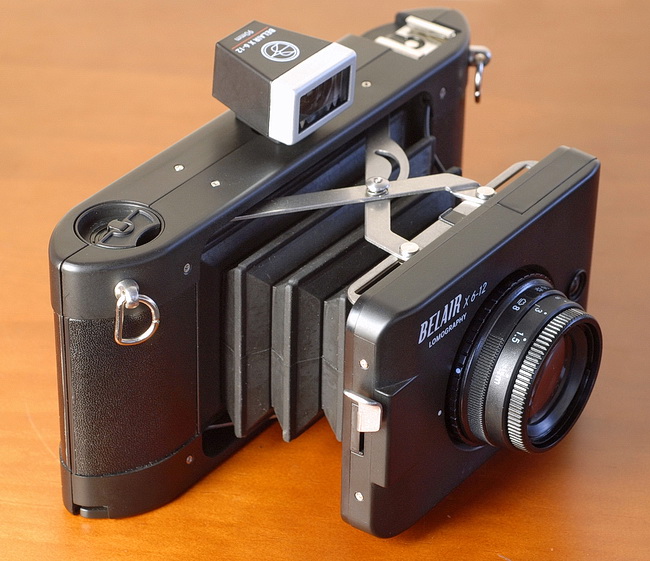
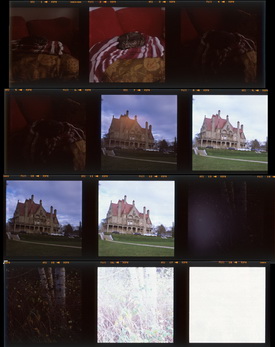
 Subscribe with RSS
Subscribe with RSS
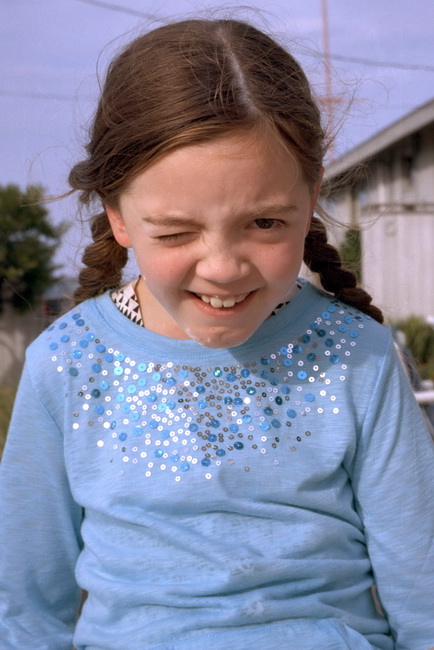

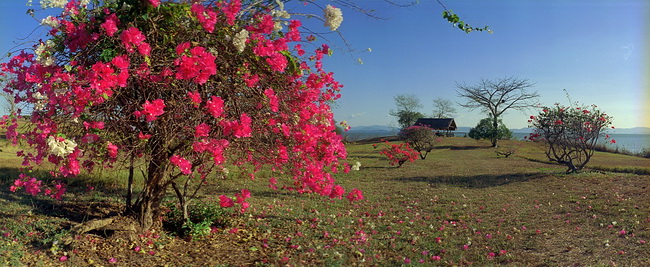
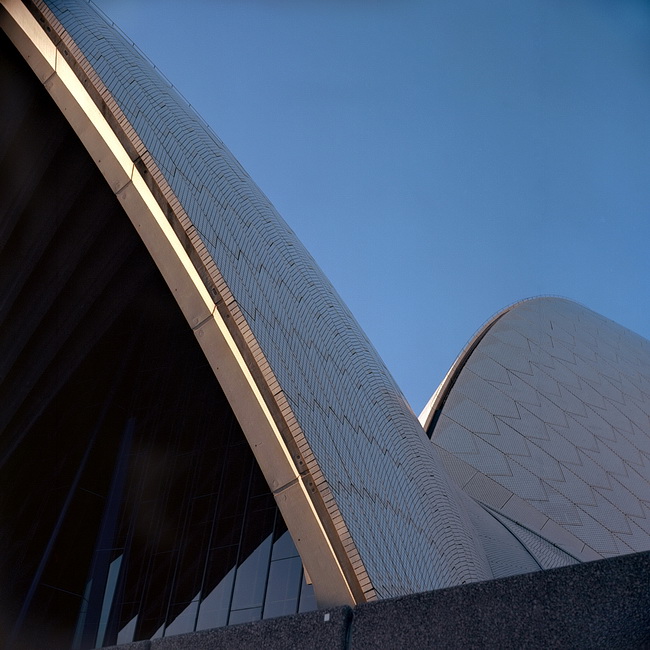
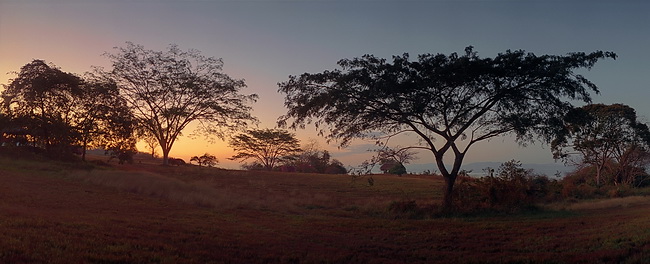
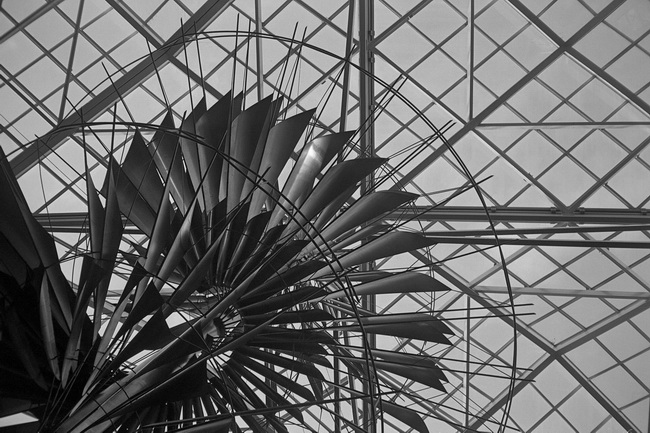
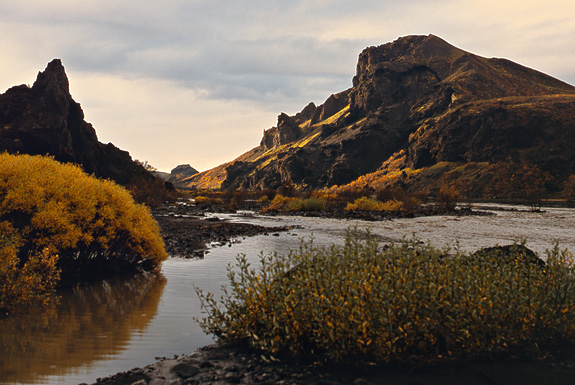


Excellent review. Thanks. Help me decide NOT to get one.
Thanks for the review.
What does the camera do when an attached flash fires?
If the exposure locks as/when you describe it, the metering would not be relevant to a flash attached. Or is there a set shutter speed that is used then?
(I assume you couldn’t otherwise lock your exposure at 1/125 by removing the batteries, since the hot shoe would not fire without power.)
Have your tried flash photography with this camera? What would your approach be?
Thanks again.
Hi Andras:
The hot shoe simply triggers the flash and, as such, is unrelated to the exposure system — the flash fires at all shutter speeds. This is typical for cameras of this kind. You have to control the flash’s power on the flash itself.